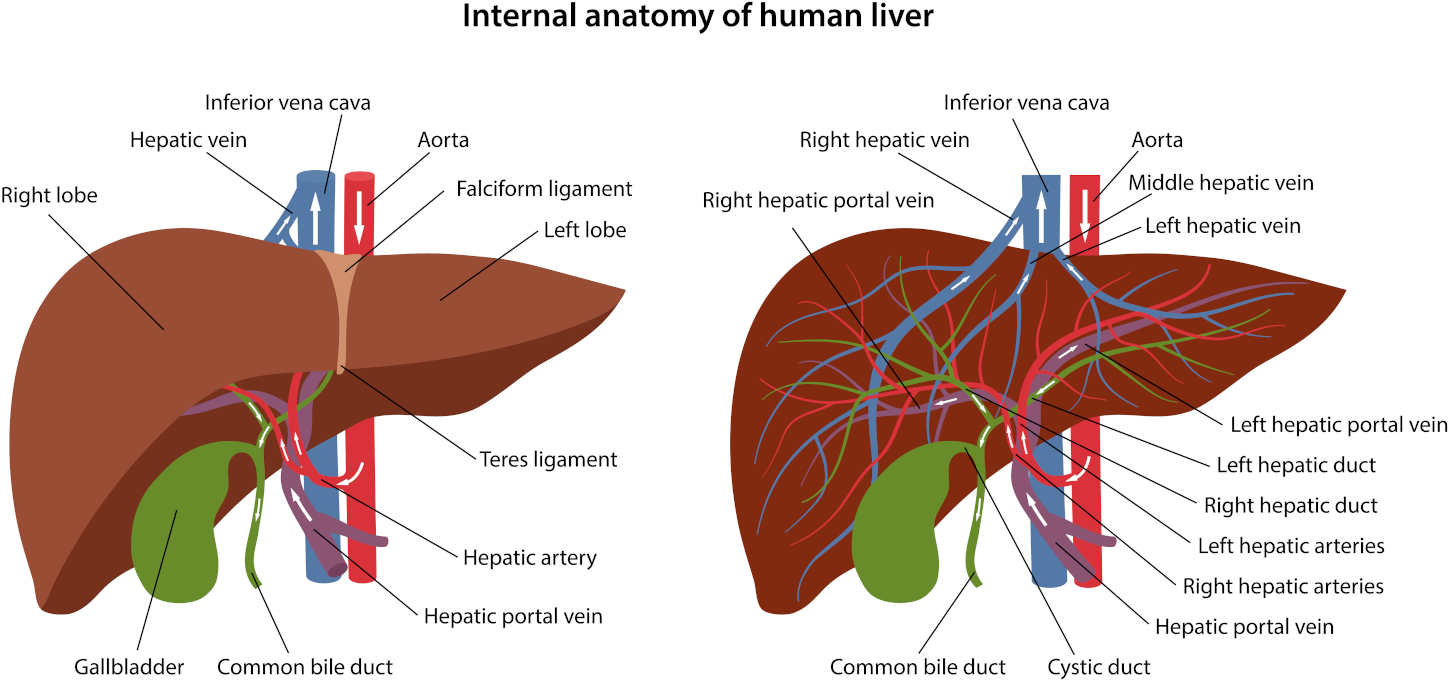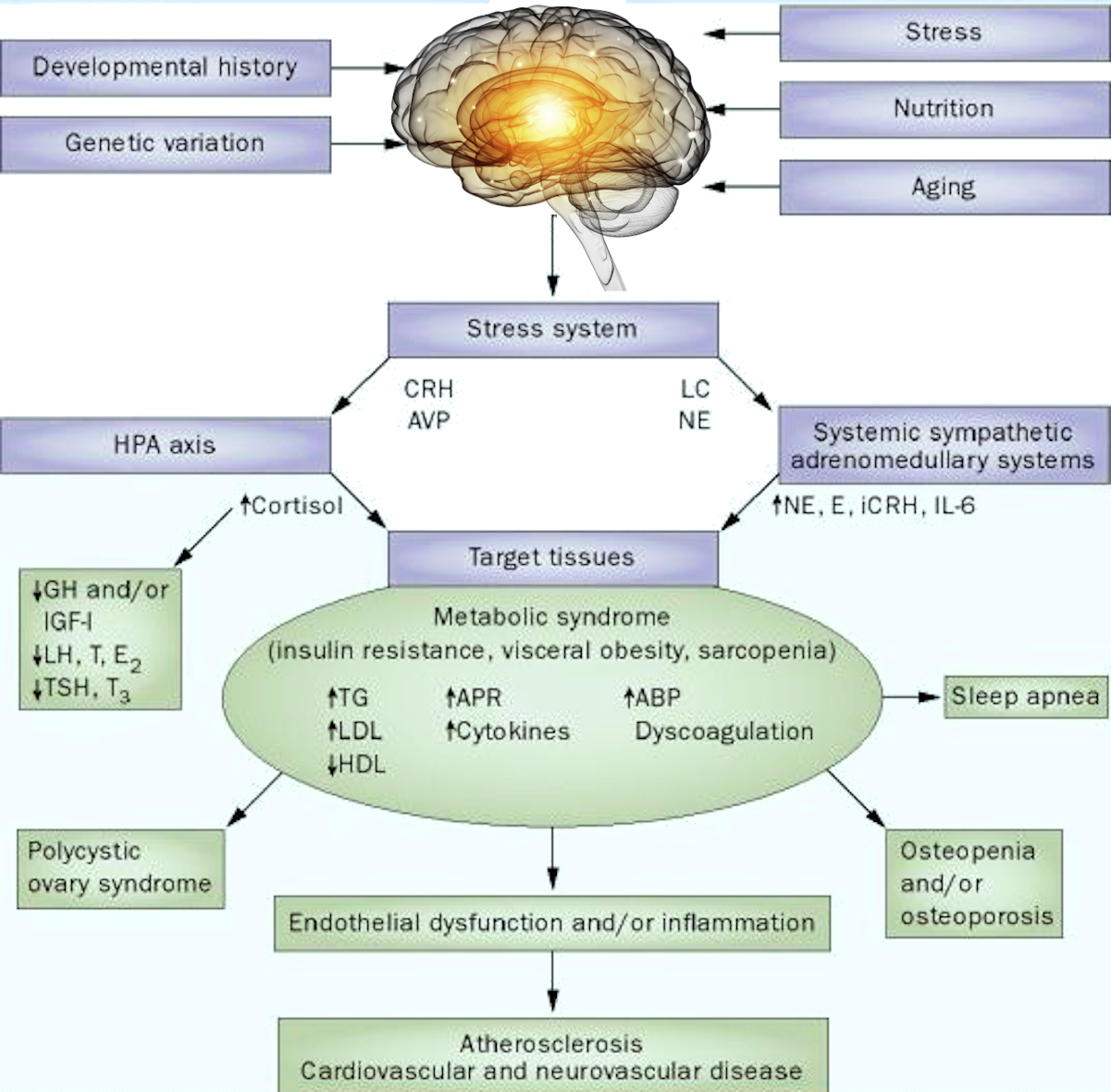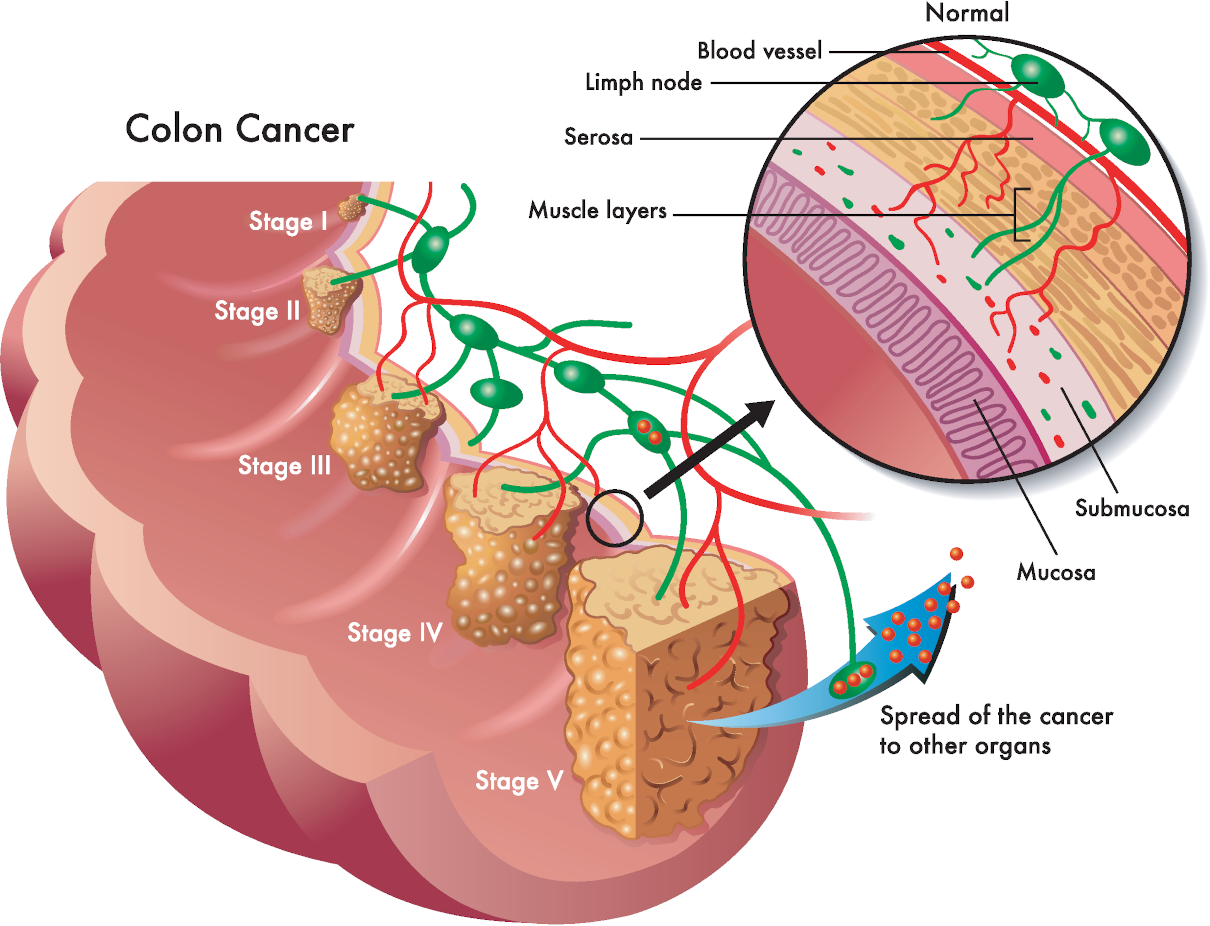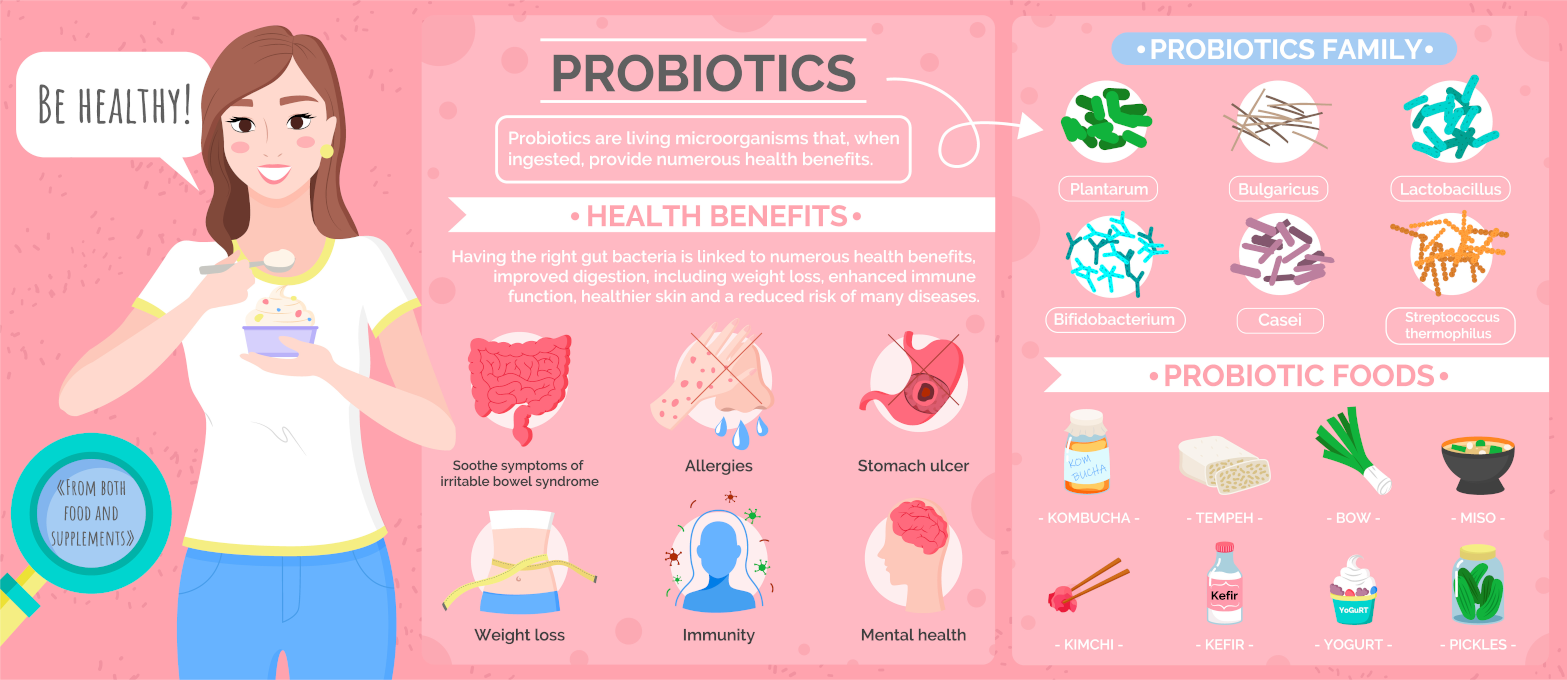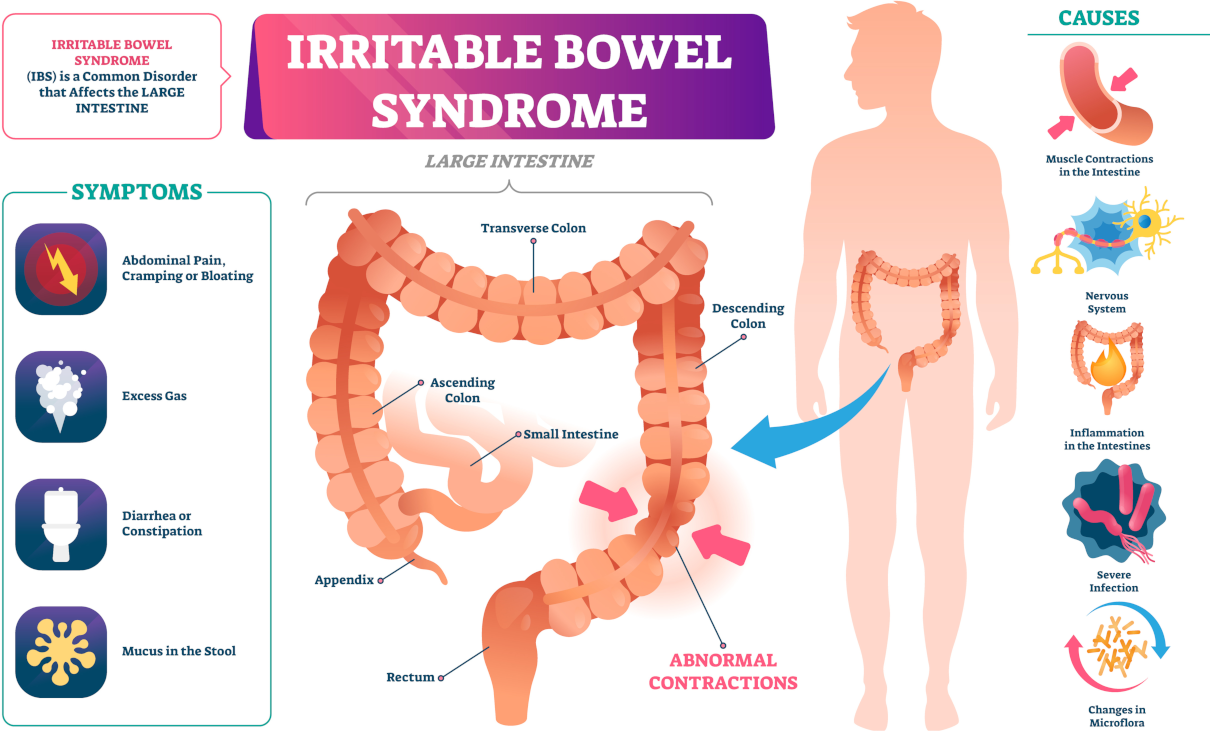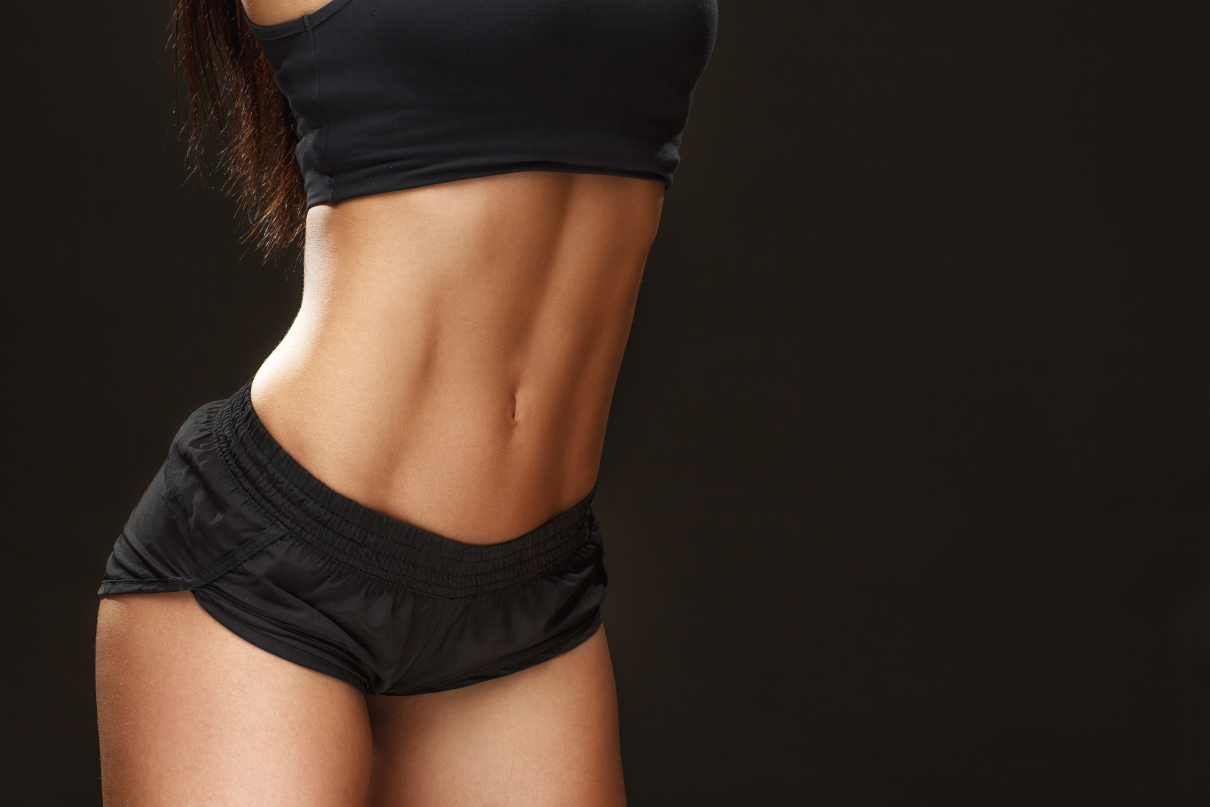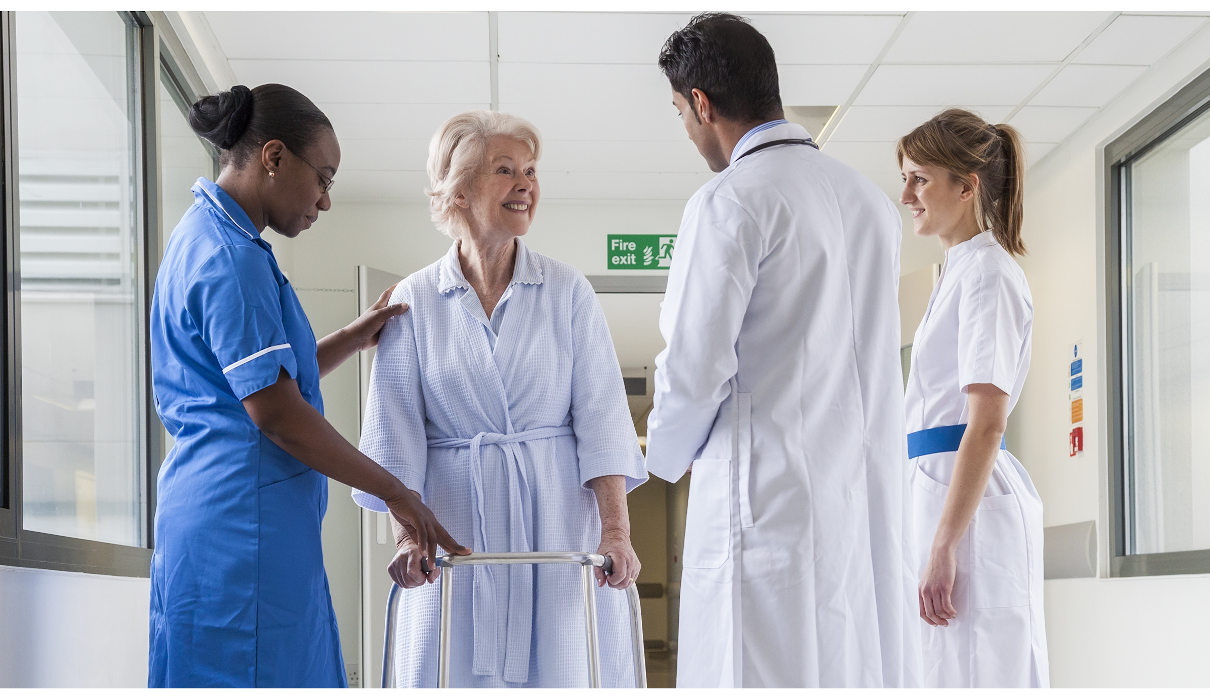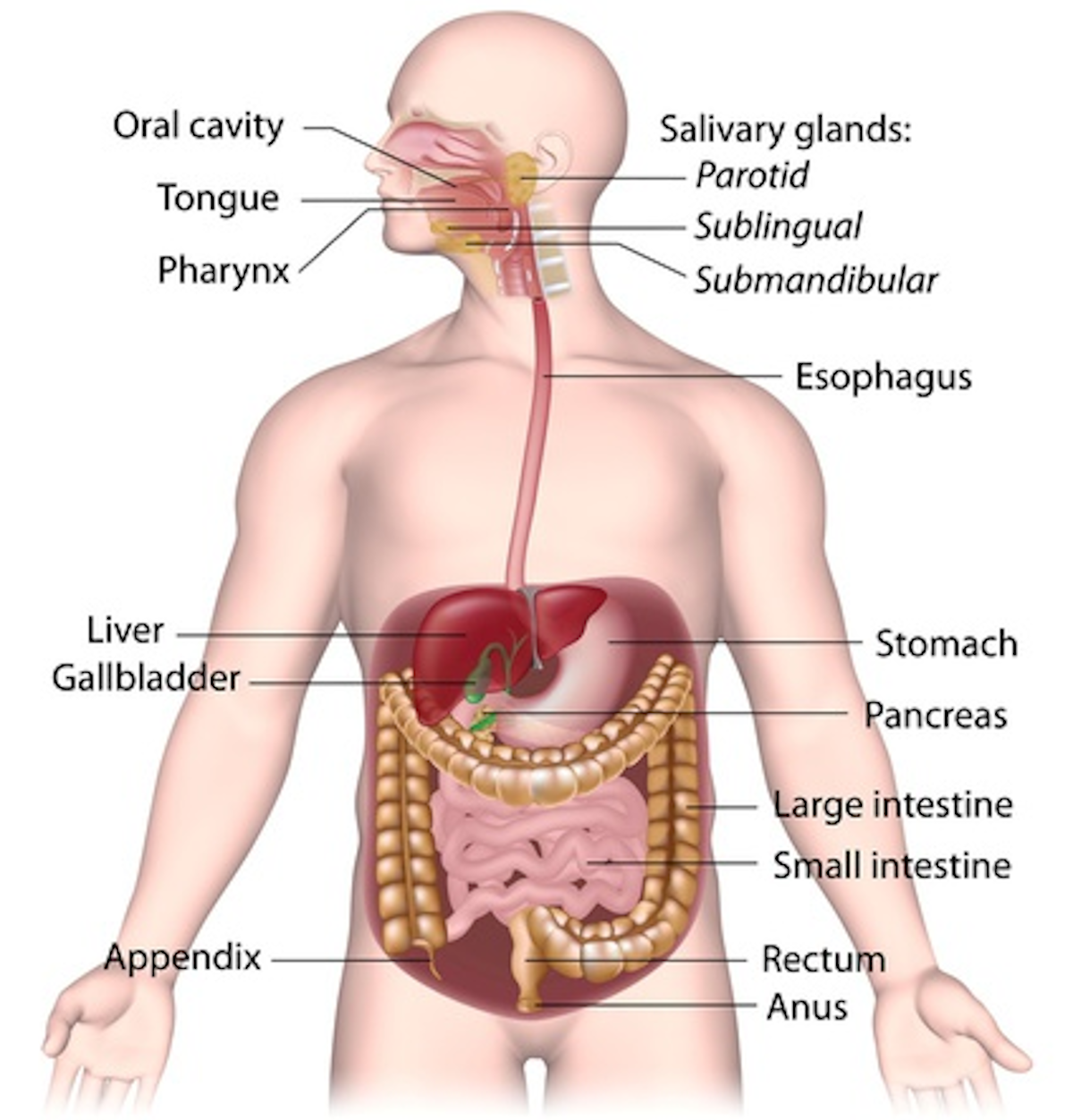
Anatomy and physiology. Firstly, every cell in the human body needs carbohydrates, fats, proteins, vitamins, water, and minerals. They must perform the daily metabolic processes involved in maintaining a living system. Secondly, our digestive system extracts most of these substances from our food as it passes through the digestive tract. For instance, the digestive tract is the tube that begins with the mouth and ends at the anus. The primary function of the gastrointestinal tract is to transfer these materials from the external environment to the internal environment and eliminate food.

Colonic hydrotherapy with lemon juice enema
Discover the natural path to wellness with Parkland Natural Health. Colonic hydrotherapy with lemon juice belongs to acid enemas, in which lemon juice is added to the water injected into the bowels.
Anatomy and physiology. Food.
Besides, the absorption of nutrients does not occur in the ingested state. The digestive system must break them down into smaller molecular components before this transfer can occur.
This process is digestion, which may be done through mechanical or chemical means. Absorption is the movement of small molecules from the digestive tract into the blood and lymphatic vessels.
We usually discuss the anatomy and physiology of the digestive tract in the order that food passes through it. We also address accessory organs and glands when appropriate.
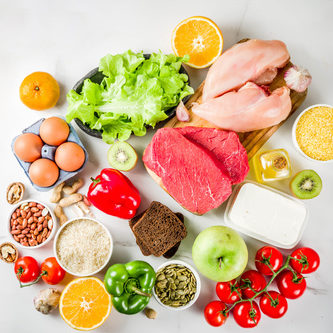
Food intolerance test of 208 ingredients
This one is our most comprehensive food and drink test. The test analyses your client’s IgG antibody reactions to 208 food and drink ingredients. This test will highlight their food triggers and help you formulate an IgG-guided elimination diet together.
There are rules for the use of fat burners.
Do not spend money purchasing a can of fat-burning pills if the plans do not contain sports.
Fat burners will not be effective without regular exercise and proper nutrition. Only physical activity triggers the oxidation and fission of fats.
There is no point in consuming fat burners, lying on the couch, and eating buns and cakes. So, the excess weight will not go anywhere in that case. Therefore, use fat burners for weight loss systematically and necessarily with exercise. Take one capsule or pill in the morning. Take the second one before the session.

One colonic irrigation session including consultation
Colon irrigation and comprehensive consultation with a professional colon hydrotherapist registered with RICTAT and ARCH at the Parkland Clinic in Holborn. We use a closed system only—London’s best colonic hydrotherapy deal.



